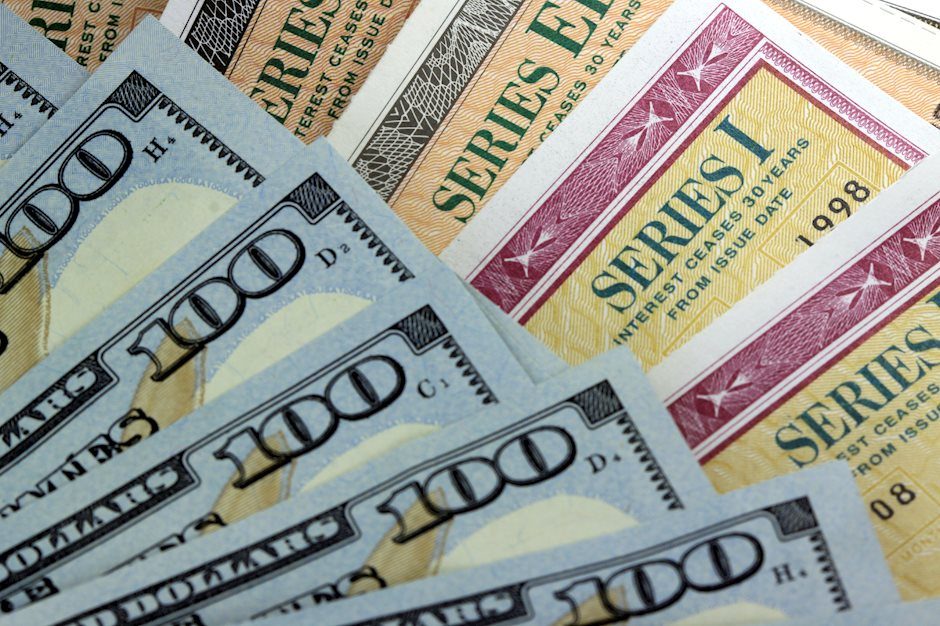Debt ceiling deal brings hope to markets

Investors are again keeping a close eye on Washington this week as lawmakers in Congress work to pass a debt ceiling deal reached by President Biden and Republican leaders over the weekend.
Bears case
Many traders are arguing that neither party won the battle in Washington. Meaning the Democrats didn’t have to make many big concessions and the Republicans got very little of what they had hoped for. Bears are saying McCarthy’s legitimacy as Speaker could now be in jeopardy, especially if there are any last-minute hiccups.
Bears are also pointing toward a wave of Treasury bills that will soon be hitting the market and perhaps create a liquidity event that might influence the overall flow of money. The Treasury has amended the deadline from Thursday, June 1, to Monday, June 5, for when the US could potentially run out of cash to pay its debts. Right now, it looks like the legislation will come up for a vote in the House on Wednesday at the earliest. However, a vote in the Senate might not be possible until sometime next week. Meaning there is a risk that the US passes the possible "default" deadline before the Senate has a chance to pass the bill.
There are processes that can expedite the vote but they are highly dependent on bipartisan cooperation that may not be possible considering the political divides in Washington.
Labor markets
Keep in mind, there are lawmakers on both sides that have already said they oppose the current compromise and have vowed to try and block its passage. Wall Street this week is also anxious to see a slew of labor market data, including the Job Openings and Labor Turnover Report (JOLTS) due out on Wednesday, ADP's private payroll report on Thursday, and the critical May Employment Report on Friday.
Many economists, including Federal Reserve members, believe the tight labor market is a key contributor to stubbornly elevated inflation as competition for the small pool of available workers continues to push wages higher. The unemployment rate in April fell back to a 50-year low of 3.4%, which is even lower than where it ended last year (3.5%). In fact, January 2022 was the last time the unemployment rate hit 4%, which is about the level that the Fed considers "full employment." In other words, the highest level of employment the Fed believes the economy can sustain without generating inflation.
Notably, unemployment hasn't managed to climb any higher than 3.7% since the Fed began its tightening campaign in March 2022. The Fed's efforts to cool the labor market have been hindered by the fact that there are still so many employers struggling to find workers, particularly in the service sector.
The JOLTS report on Thursday is expected to show only a slight decline in job openings, which stood at 9.59 million in March 2023 compared to over 12 million in March 2022. It's worth mentioning that the PCE Prices Index on Friday revealed a hotter-than-expected inflation read with the Fed's preferred gauge - the "core" rate that strips out food energy - gaining +0.4% in April. That brought the year-over-year rate to +4.7% versus +4.6% in March and Wall Street expectations for the rate to remain unchanged.
The headline gauge also ticked up more than expected to an annual rate of +4.4% versus +4.2% previously. The report also revealed another month of robust wage gains and an uptick in consumer spending.
Data to watch
Overall, the "hot" data raises more doubts about the potential for a Fed rate hike pause at the upcoming June 13-14 meeting and makes rate cuts later this year seem increasingly unlikely.
Investors today will be digesting the S&P Case-Shiller Home Price Index, Consumer Confidence, and the Dallas Fed Manufacturing Survey.
On the earnings front, Hewlett Packard is today's main highlight. Overall, S&P 500 companies have been beating Wall Street estimates, though the index reported its second straight quarter of earnings declines.
According to data from FactSet, S&P 500 earnings fell -2.2% during Q1 while 81 companies have provided negative guidance, the highest since the third quarter of 2019.
Author

Inna Rosputnia
Managed Accounts IR
Inna Rosputnia is a stock and futures trader, portfolio manager and financial analyst that has been in the trading industry for the last 12 years.

















